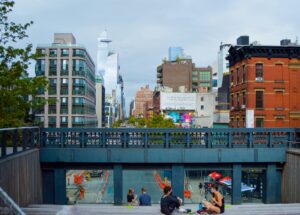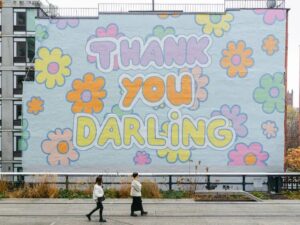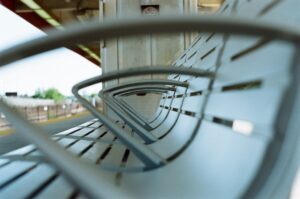34th Avenue in Queens has become the gold standard for an open street that puts people ahead of cars, but critics say it goes too far.
The metal barriers go up every day at 8 a.m. to keep the cars at bay.
Then 34th Avenue turns into a 1.3-mile-long block party. It serves as a connector not for vehicles but for people in a space-starved, melting pot neighborhood in Queens.
People come out for coffee breaks and stay for free classes in yoga, zumba, salsa and Mexican folk dance. Earlier this summer, a pop-up circus brought clowns, jugglers and acrobats to delight children. Dogs in rainbow-hued outfits and their owners marched together in a pride parade. One couple even got married on the avenue with a state senator officiating.
“This is a whole exercise in what is possible,” said Myrna Tinoco, 45, a social worker who roller skates on the avenue with her 6-year-old son. “At a minimum, just to have the legroom to stretch out would have been a godsend — and what we got was a little miracle.”
There is a growing revolution on the streets of New York, one of the world’s most congested cities. It is transforming public spaces that have long been the domain of cars and may turn out to be one of the most important legacies of the coronavirus pandemic.
Read the full article on The New York Times
Author:
Recommended by Luisa Bravo











More Stories
The best outdoor art in NYC this winter (2024)
Activists vow to keep installing guerrilla benches at East Bay bus stops
A Blueprint for Public Realm Leadership